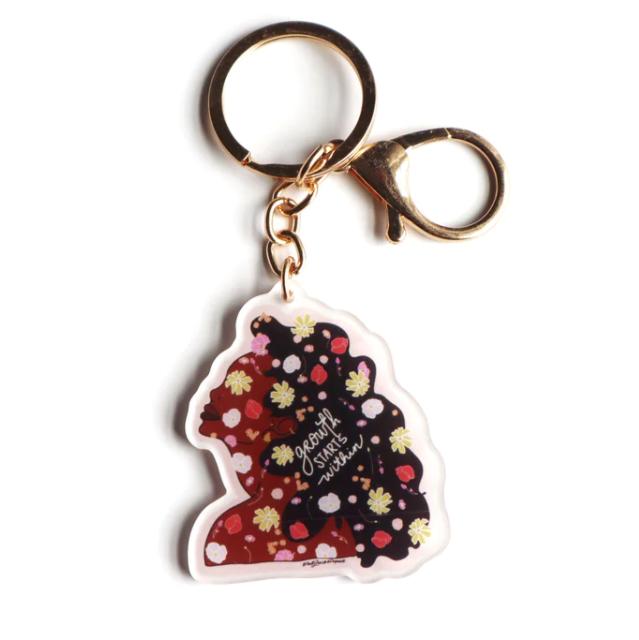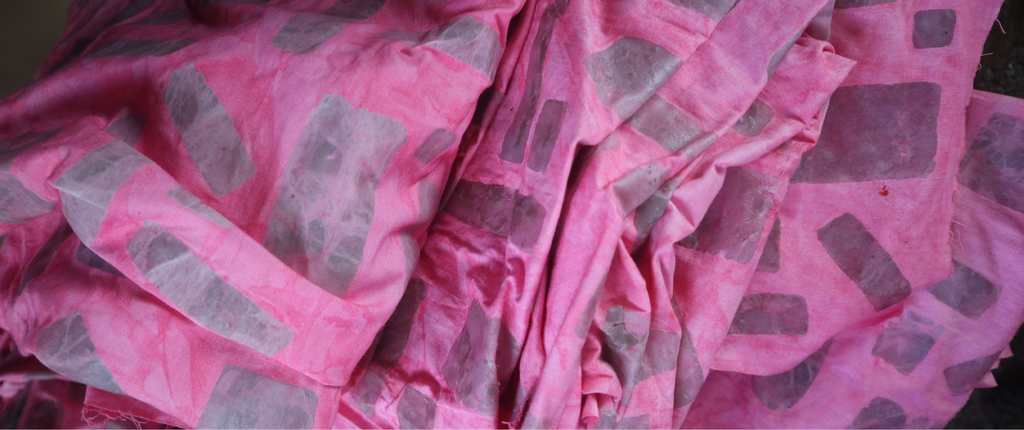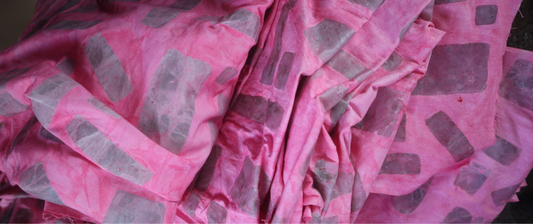By Weléla Kindred
As I sit comfortably in my flat in Chicago, under a warm blanket - along with a sweatshirt on, I have to ponder as I write about heritage fashion practices - where did my blanket come from? Who made my sweatshirt? Zuri - a heritage brand based in Brooklyn and most recently San Francisco has exclusively been available in Chicago at the Silver Room this summer. But when I think about legacy and folkloric practices which Zuri stands true to - it is almost an honor to be on the receiving end of such love, history and wisdom put into each piece.
Zuri has been working with masters from Ghana, India and Kenya for many years. In this piece - I would like to discuss the practices in Dakar, Senegal. Although we could go on and write an entire book based on the three aforementioned locations and their artisanal practices alone - let’s stick to Dakar for now.
There is a master by the name of Cheikhouna. Cheikhouna and his family have been practicing the ancient art of sitiba - which means the design is hand-stitched into the fabric before hand-dying it. These practices of stitching and hand-dying are something from the days of old and are very time-consuming. This practice allows for a much deeper color - saturation into the fabric while hand-dying. Although Cheikhouna is one of the last in Dakar to practice sitiba - he has been partnering with Zuri for many years and still does everything by hand. He is always working with local apprentices and has taught his family the art of sitiba as well. This type of heritage fashion is important to western cultures which profess fast-fashion is king.

Hand-dying, better known as the batik practice, in Ghana where artisans still hand-dye to this day, there are family legacies being passed down generation to generation. The art of batik is done by placing a stamp of hot wax directly to the fabric. After the fabric is pressed by hand - which means there is already a beautiful energy from the hand and heart who pressed it - it is then dipped into a bathe of color. Later after the fabric is dried in the sun - it is then heated enough to melt the remnants of wax and left behind is a color stained fabric. Fabrics like the one seen pictured below must be dipped in two colors. The first bathe of color is black. A pure black stain is given to the fabric - like a black ocean. Then the fabric is heated to remove any wax. Then the fabric is dipped into an indigo bathe. The indigo color will bleed into any parts of the fabric where the previous wax is no longer settled into the threads.

Zuri’s fashion practices are more innovative than any factory can produce - because they are either stitched, loomed and dipped in bathes of color by people, not the machinations of industry. They are dried by the sun - and these fabrics are birthed into dresses. Meanwhile, the family heritage which continues everyday - helps expand the circle of legacy. If the father teaches his daughter and son, and the wife teaches the grandchildren and the grandchildren teach the village - then that not only puts their family love into a garment, but it also helps support a community and most importantly preserve a heritage which created the very ideas of bathes of color, harvesting flax, cotton, looming and shape. Essentially, what we know today as fashion.
By: Weléla Mar Kindred - creative director of The LVMB Collective @lvmbimaginarium x @welelamarkindred





